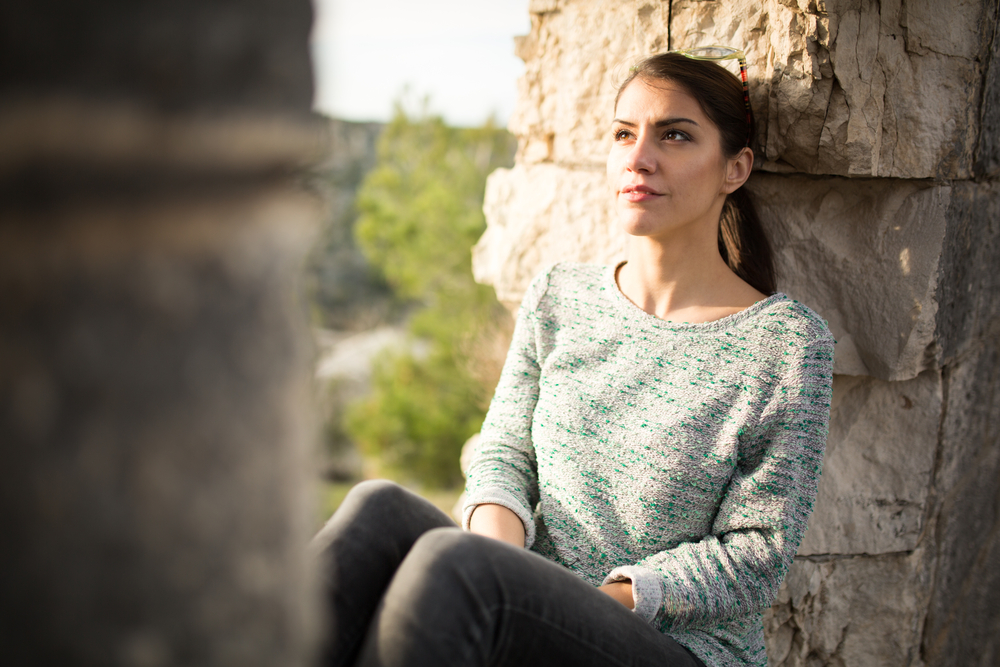Show Don’t Tell: Happiness
Happiness is such an elusive and complicated word. And showing a character experiencing happiness can be all the more complex, especially when you need to do it through showing rather than telling the reader. Within the idea of happiness, there are a few different types into which it can be broken down. Some types of happiness we experience are more fleeting while others have more longevity. Some involve more outward expressiveness while others are more subtle and internal. Examining the different types of happiness and how they can be expressed through mannerisms, action, and dialogue will allow you to write this emotion by showing it to your readers.

1) Excitement
The type of happiness we call excitement can be expressed in many ways by a character. Rather than stating in the narrative “[insert character name here] is feeling excited”, have them rush into the next scene out of breath, tripping and falling all over themselves. They have a huge grin plastered on their face as they attempt to catch their breath so they can tell their friend the good news. As they share the details of their excitement, they’re jumping up and down with glee or clapping their hands together. They may even pull their friend into a spontaneous hug while they’re in the middle of speaking or do a flip by kicking off a nearby wall (if they’re more of the athletic type). Think about when you feel excited about something, how you have all of this excess adrenaline and energy that you don’t know what to do with. Find a way for your character to display those feelings in a way that fits best with their character’s personality.
2) Contentment
Another type of happiness that a character can express is contentment. This is a much less energetic version than that of excitement, but there is also potentially more longevity in this version. Contentment involves a character being happy overall with what their life looks like currently in the story. You can have a character who works to get to the point of contentment or a character who starts content, only to have it ripped away from them. But, sadly, a character arc can’t occur if a character is left in this state for the entire story.
When you’re showing the reader that a character is content, it’s important to use mannerisms, dialogue, and action to do so. For example, having a character wistfully smiling to themselves and, when another character asks why they’re smiling, having them say something along the lines of “I don’t know… just happy I guess.” Having them go out of their way to do something nice for another character just because they want to is another way to show that this character is in a good place with their life. Having them give their friends speeches on how much they appreciate them, take up new hobbies, walk with a certain pep in their step, or participate more actively in their life (talking more in meetings, raising their hand more in class, etc.) can also be ways to show overall life contentment and acceptance in a character.

3) Optimism
Optimism could come from a character who is currently experiencing hardships or it could be a character in your story who is constantly looking on the bright side of any situation. And optimism within the story can either be written as positive or negative, this person is either a beacon of hope or a naive fool. The positive optimist will provide comfort to those around them, always knowing the right thing to say or do to make others feel better. And, if they’re being optimistic about themselves, they will walk around with an air of hope. On the other hand, the negative side of optimism would have this person written as fairly annoying. They will say some vague inspirational quote in the face of a person’s real struggles, telling them to “Look on the bright side…” as though that will magically make that person feel better.
Regardless of whether the portrayal is negative or positive, optimism can be shown in various ways. It can be expressed through dialogue, like a character saying any variation of “Well, at least…” or “Don’t worry, everything will work out!” It can be expressed through action, a person signing another person up for the talent show having the optimistic viewpoint that they’d win. A person going through some hardships and having one good thing happen, giving them the sudden hope that it’s all going to turn around for them. They begin walking around with their head held higher, a new spring in their step, making conversation with someone at the grocery store or starting back up on some of their favorite old hobbies.

4) Joy
This is likely the most unbridled version of happiness and is typically connected to something specific. So whereas contentment is a state of being, joy is something a character will experience based on an event that happened to them. And it is a very heightened sensation so it will be a big event that causes it. A character landing their dream job, the love of their life confesses their feelings for them, they take their dream trip, they become a parent… something as big as joy should connect to a big life event.
And since the feeling of joy is such a heightened version of happiness, how it is expressed should be heightened as well. Your character starts dancing with a stranger in the street or singing to themselves in the middle of a crowded elevator without realizing it. They call a person they haven’t spoken to in years just to say they miss them. They go to the rooftop of their apartment building and let out an ear-shattering scream of pure happiness. There are many ways to express an emotion as complex as joy without explicitly telling the reader.
